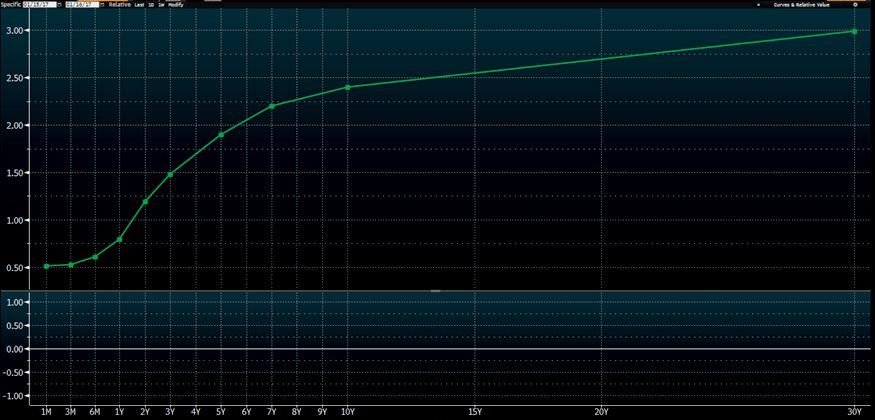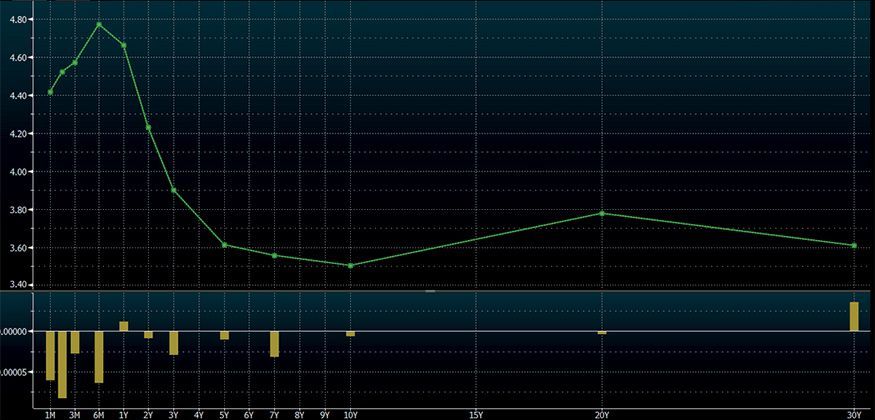Investing in fixed annuities has historically required minimal research or projections from our members. Here at GBU, we always stand steadfast in our beliefs that a strong, conservative portfolio of high quality assets will serve our members well in attaining consistent returns to help meet their investment needs. With the luxury of time, and the benefit of compounding interest, we have been able to serve our members for over 130 years, with one of the finest reputations of any fraternal benefit society. However, with current market conditions and trends, we are noticing a new phenomenon in investing, and we at GBU think it is important to consider it when evaluating your current and future investments.
GBU's annuity and insurance products consist mainly of two components, time and rate. In our fixed rate, Asset Guard Multi-Year Guaranteed Annuity (MYGA) products, which GBU began to offer in 2021, each contract consists of a fixed rate and a duration/surrender period, after which the contract can terminate or continue. The member can then reinvest their principal in either a new product or remain with a GBU MYGA at the new renewal rate.
The risks involved in fixed income investing, while minimal, do affect our members, and we do our best to educate them when we feel it is necessary. A risk we believe is being disregarded is “reinvestment risk.” Today, it seems you can’t drive by a local bank without seeing signs for 5% One-Year promotional CD rates. We want our members to understand the potential costs and pitfalls of being lured by such investments.
As the Federal Reserve (Fed) has raised rates in an attempt to slow the economy, the Fed Funds rate, the rate at which banks borrow money, is expected to approach 5%. Should the Fed’s goal be reached, the US economy will “cool off,” bringing down inflation, and giving the economy a more realistic base to continue its steady path of growth. But what happens when we do reach that goal? Well, investors believe the market will then require a “shot in the arm” to stimulate growth and investing back into the economy. In order to do that, the Fed will likely begin to lower those very rates it raised, and we will see rates once the risks involved in fixed income investing, while minimal, do affect our members, and we do our best to educate them when we feel it is necessary. A risk we believe is being disregarded is “reinvestment risk.” Today, it seems you can’t drive by a local bank without seeing signs for 5% One-Year promotional CD rates. We want our members to understand the potential costs and pitfalls of being lured by such investments.
The bedrock of financial investment has always rested on time. Banks and investment institutions are offered an ability to lend money in the short term while investing in the longer term. In a healthy interest rate environment, longer term yields are expected to be, and almost always are higher than what you can expect to receive for shorter investments. The age-old principal of “time value of money" states, the longer I invest my money, the more I should receive in return for my commitment. But what happens in the rare instance when that is not the case? Imagine a friend asked to borrow $10 and offered to pay you back $11 in a week, or $9 in two weeks, surely anyone would insist on payment in a week. There are instances where time can be your enemy in investing, and we want our members to be aware when investing for their future.
As the Federal Reserve (Fed) has raised rates in an attempt to slow the economy, the Fed Funds rate, the rate at which banks borrow money, is expected to approach 5%. Should the Fed’s goal be reached, the US economy will “cool off,” bringing down inflation, and giving the economy a more realistic base to continue its steady path of growth. But what happens when we do reach that goal? Well, investors believe the market will then require a “shot in the arm” to stimulate growth and investing back into the economy. In order to do that, the Fed will likely begin to lower those very rates it raised, and we will see rates once again trend lower, as they have been for the better part of 30-40 years. So why bother raising rates at all, only to bring them back down? And what should you consider as an investor?














